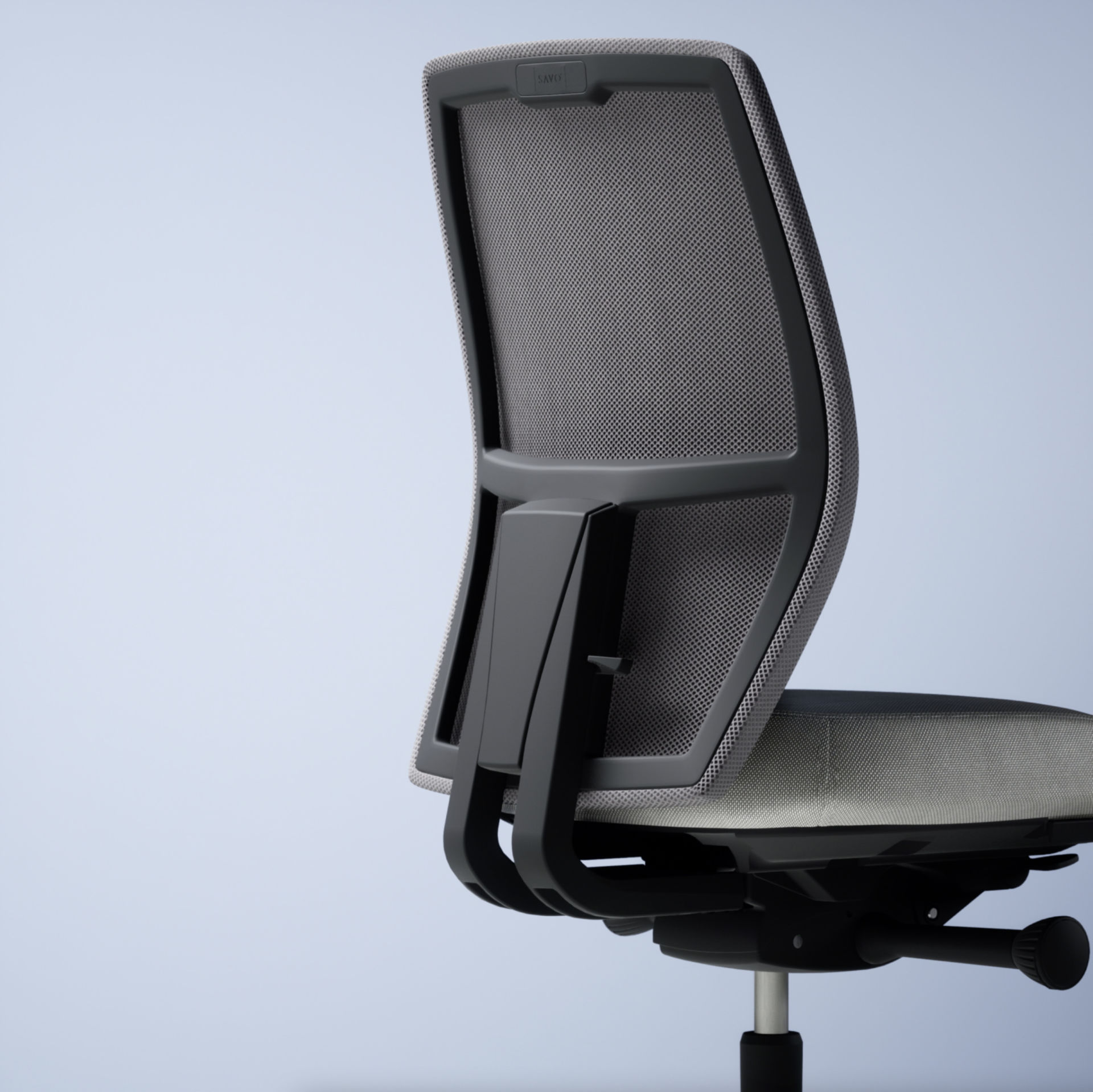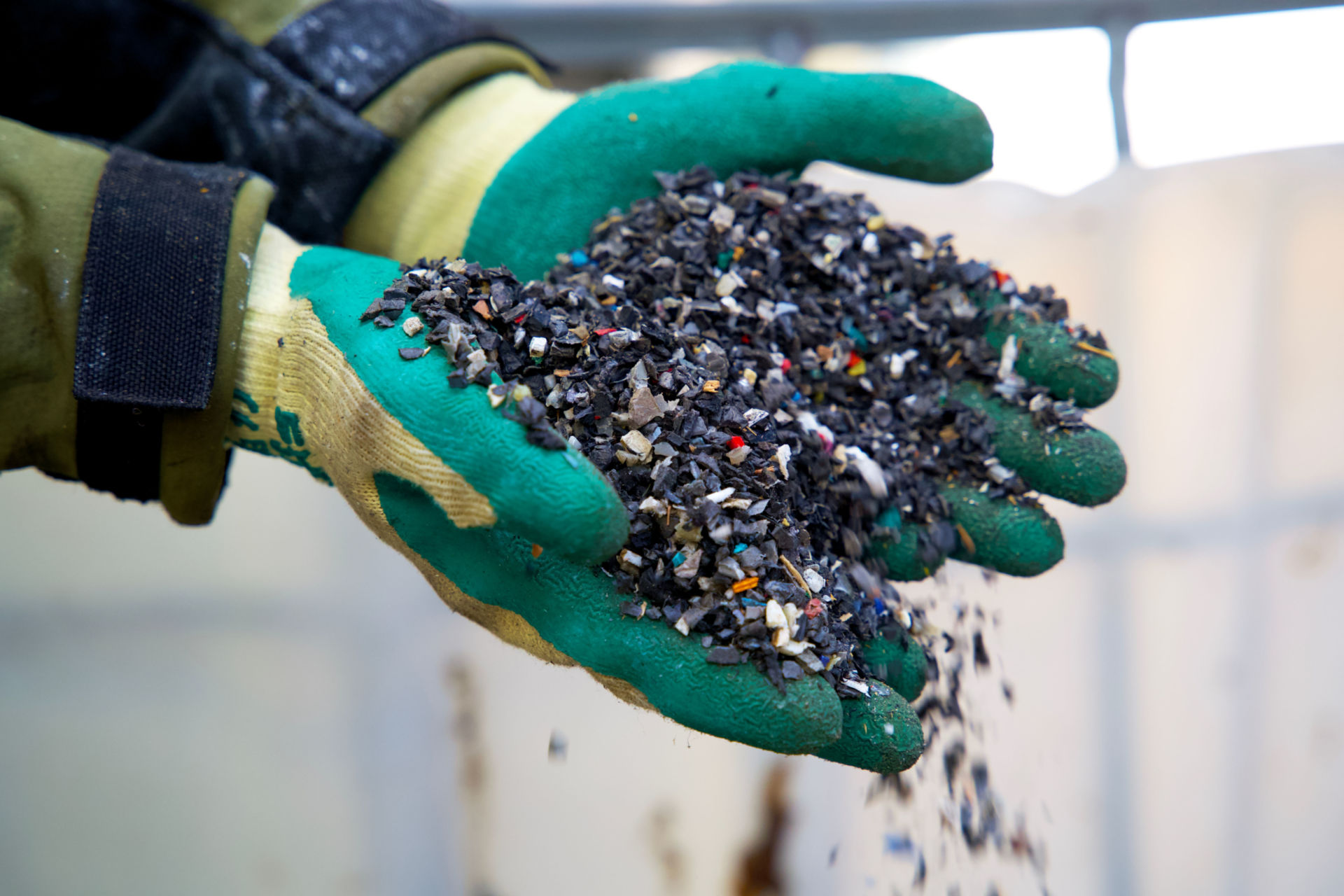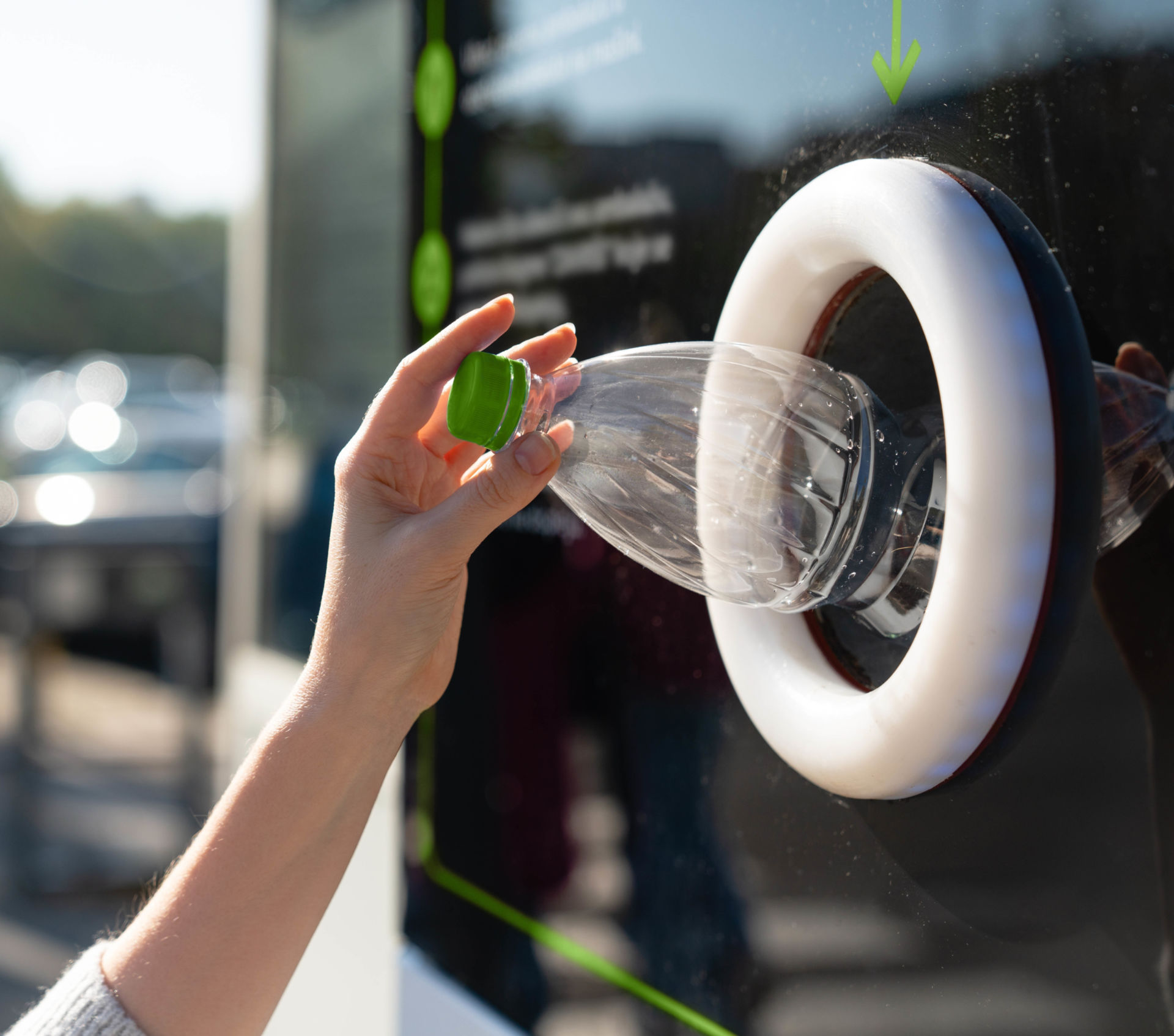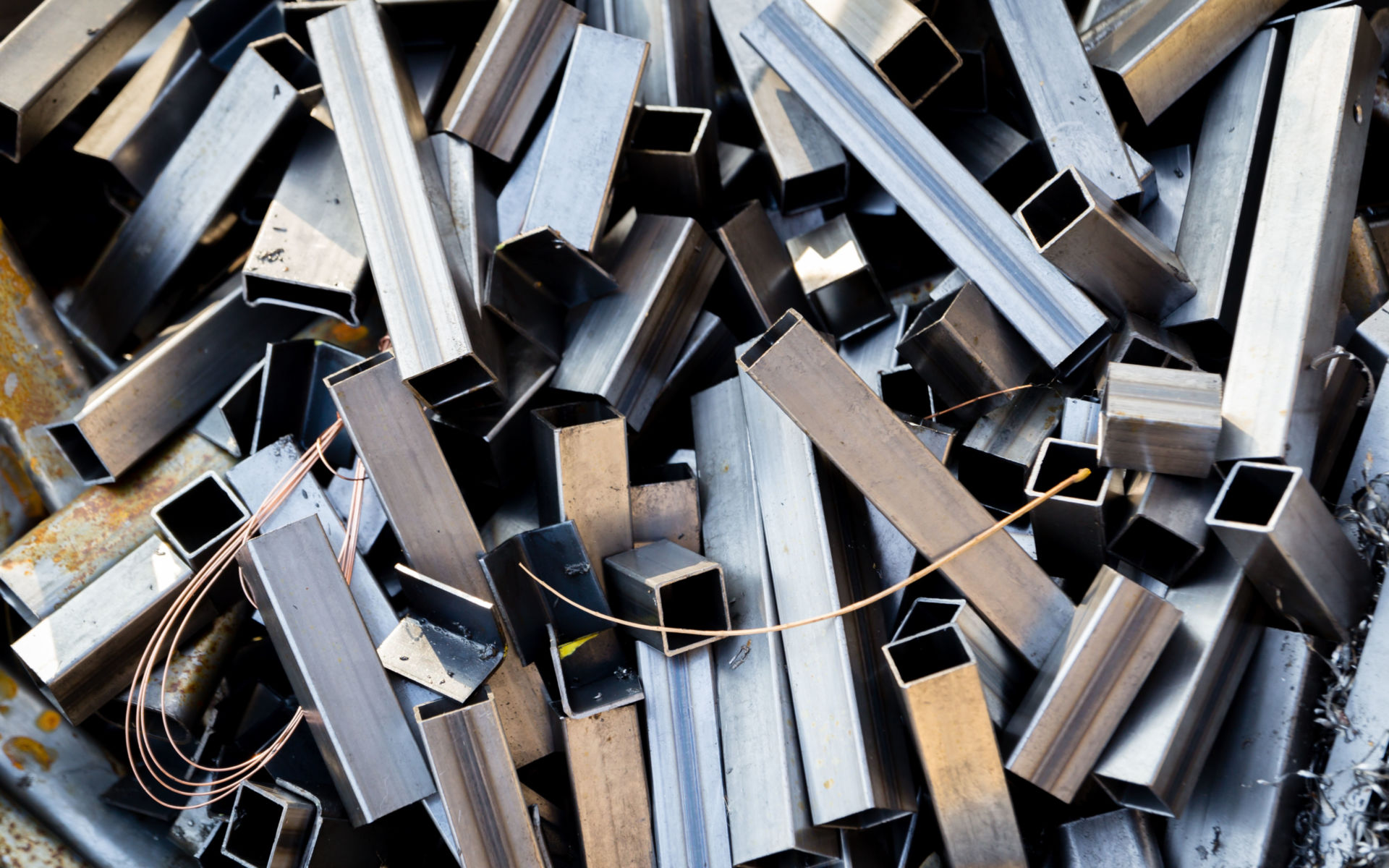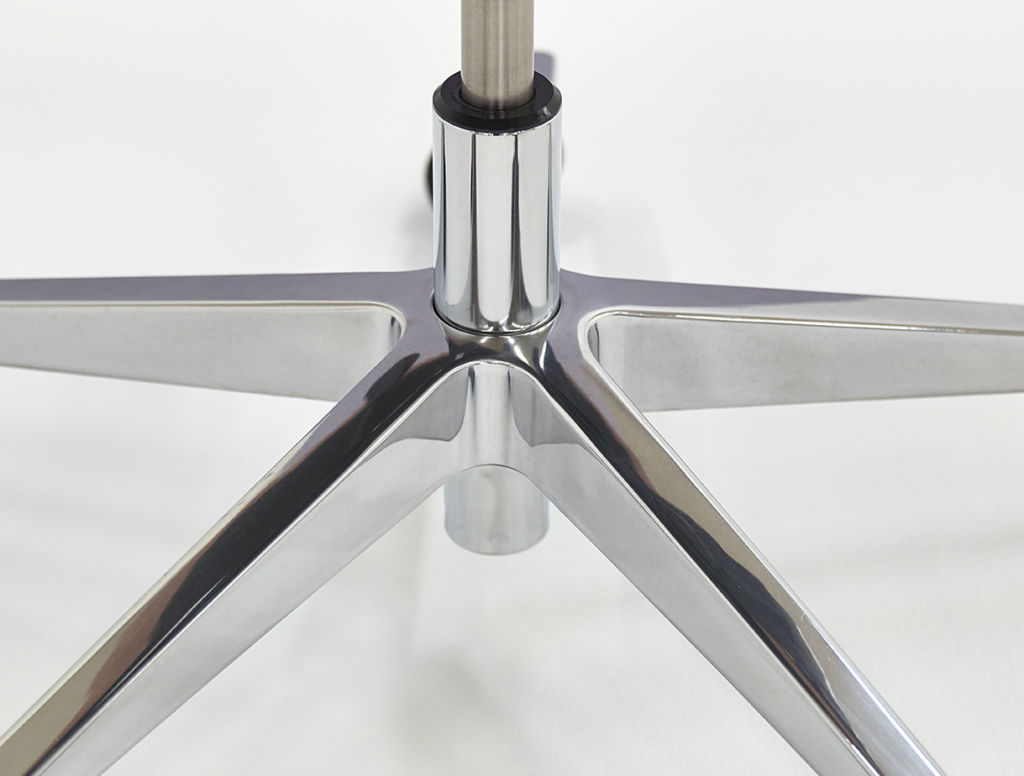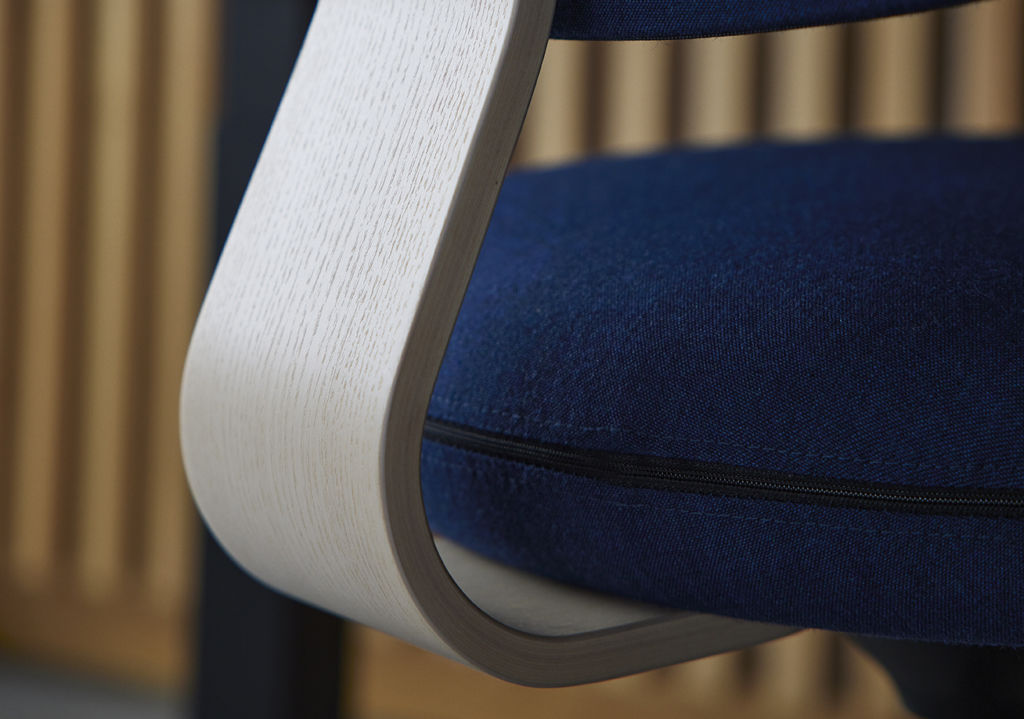Today, Swedes use four times more natural resources than what is considered sustainable. This means we need four Earths to provide us with natural resources, and today we’re borrowing these resources from our children and grandchildren. To reduce the amount of natural resources we extract, we need to reuse and recycle significantly more material than we do today.
As a furniture producer, we’re eager to reduce the amount of natural resources we extract, among other ways by making quality furniture that can be renovated and recycled, resulting in long product lifetimes. We also like to use recycled material to the greatest extent possible, but such material may involve considerable challenges. One dilemma that can occur involves being forced to choose between recycled material on one hand, where we cannot guarantee the chemical content, and new material on the other hand, where the chemical content can be guaranteed.


